When you compare an electric scooter and a moped, you notice clear differences in speed, engine type, and portability. Electric scooters usually reach 15–25 mph and have lightweight electric motors, making them easy to carry and ideal for city travel. Mopeds often go faster, between 30–40 mph, and use more powerful engines, but they are heavier and less portable. Legal requirements also set them apart. Many places let you ride a scooter or other personal mobility vehicles without a license, while mopeds often need registration and insurance. These differences shape your daily experience with personal transportation.
|
Feature |
Electric Scooter |
Moped |
|---|---|---|
|
Average Speed |
15–25 mph |
30–40 mph |
|
Engine Type |
Electric motor (250–750W) |
Gas/electric (1,000–4,000W) |
|
Portability |
Lightweight, portable |
Heavier, less portable |
|
Legal Requirements |
Fewer restrictions |
License, registration required |
Key Takeaways
-
Electric scooters are lightweight, foldable, and ideal for short city trips, while mopeds are heavier, faster, and better for longer rides.
-
Mopeds usually require a license, registration, and insurance; electric scooters often have fewer legal restrictions, but local laws vary.
-
Scooters offer easy portability and lower maintenance costs, making them budget-friendly and convenient for daily commuting.
-
Mopeds provide more comfort with padded seats and storage, plus higher speeds and longer range for suburban or highway travel.
-
Safety matters: always wear a helmet, check your vehicle’s brakes and lights, and follow local rules to enjoy a safe ride.
What Is an Electric Scooter?

Design and Power
When you look at an electric scooter, you see a modern device built for city travel. Most scooters use a lightweight frame and a compact electric motor. The motor sits near the wheels and gives you smooth acceleration. Many scooters use advanced motor control systems. These systems help you get the right amount of power when you need it, like when you go up a hill or start from a stop. Safety features protect the motor and battery from overheating or using too much power.
You will notice that most electric scooters have a battery pack under the deck. This battery often uses 36V or 48V, which gives you enough energy for daily trips. The display on the handlebar shows your speed and battery level. Some scooters even let you connect your phone using Bluetooth or NFC for extra security and easy unlocking. The power output for a typical electric scooter ranges from 250 to 750 watts for daily use. Some high-end models can reach up to 5,600 watts for short bursts, which helps you climb steep hills or accelerate quickly. These features make the electric scooter a smart choice for eco-friendly travel.
Portability
One of the best things about an electric scooter is how easy it is to carry and store. Most scooters weigh much less than other electric vehicles. Many models fold in half, so you can take them on a bus or train or fit them in your car trunk. This makes the scooter perfect for people who need to mix different types of travel in one day.
Here is a quick look at how the electric scooter compares to other personal vehicles:
|
Device Type |
Weight (approx.) |
Folding Mechanism |
Portability Notes |
|---|---|---|---|
|
Electric Kick Scooter |
Lightweight (varies) |
Foldable |
Easy to carry, store, and use for commuting |
|
Electric Folding Tricycle |
Just under 31 lbs |
Folds to suitcase size |
Good for travel, but larger than a scooter |
|
Electric Folding Bike |
Heavier |
Folds compactly |
Heavier than scooters, but still portable |
|
Electric Motorcycles/Mopeds |
Heavy and bulky |
No folding |
Hard to carry or store; not portable |
You can see that the electric scooter stands out for its light weight and folding design. This makes it a top pick for students, workers, and anyone who wants a simple, eco-friendly way to get around the city.
What Is a Moped?
Engine and Speed
When you look at a moped, you see a small motor vehicle that stands out for its simple engine and steady speed. Most mopeds use an engine with a displacement of 50cc or less. This size keeps the moped light and easy to handle. You do not need to shift gears because mopeds usually have automatic transmissions. This makes riding a moped simple, even if you have never used one before.
You can expect a moped to reach speeds of about 30 to 35 mph. This speed works well for city streets and short trips. Some states, like South Dakota and Tennessee, define a moped as a vehicle with a 50cc engine, automatic transmission, and a top speed of around 30 mph. The table below shows how transportation authorities describe mopeds:
|
Aspect |
Standard Definition / Regulation |
Details / Average Values |
|---|---|---|
|
Engine Displacement |
≤ 50cc |
Mopeds: ≤ 50cc |
|
Transmission Type |
Automatic |
Mopeds typically have automatic |
|
Number of Wheels |
2 or 3 wheels |
Both mopeds and scooters |
|
Average Top Speed |
30-35 mph |
Small mopeds ~30 mph |
If you want a vehicle that is faster than an electric scooter but still easy to use, a moped gives you that balance. Some electric mopeds offer similar features but use a battery instead of gas.
Seating and Comfort
You will notice that a moped has a seat designed for comfort. The seat is wide and padded, so you can ride for longer periods without feeling tired. Most mopeds let you sit upright, which helps you see the road and stay relaxed. Many models have enough space for a second passenger, so you can bring a friend along.
Mopeds also come with footrests and sometimes a small storage area under the seat. These features make your ride more enjoyable and practical. If you compare a moped to an electric scooter, you will find that the moped feels more like a small motorcycle. This design gives you better support and stability, especially on longer trips.
Tip: If you want a comfortable ride for daily commutes or short errands, the advantages of mopeds include better seating and more storage than most scooters.
Moped vs Scooter: Key Differences
Speed Comparison
When you compare moped vs scooter, speed stands out as a major difference. Mopeds reach higher speeds, often between 30 and 40 mph. This makes them better for longer trips or roads with faster traffic. Electric scooters usually travel at 15 to 25 mph. You will find that scooters work best in city streets or on bike lanes where lower speeds are safer. If you want to get somewhere quickly, a moped gives you that advantage. For short city rides, a scooter offers enough speed without feeling too fast.
Note: Always check local speed limits before you ride. Some cities set strict rules for both mopeds and scooters.
Engine and Power
The engine type is another key point in the moped vs scooter debate. Mopeds use larger, more powerful engines. Many mopeds have gas engines with up to 50cc displacement, but some new models use electric motors with higher wattage than scooters. This extra power helps mopeds climb hills and carry more weight. Electric scooters use smaller motors, usually between 250 and 750 watts. These motors give you smooth acceleration but less power than a moped. If you need to ride up steep hills or carry a passenger, a moped will handle the job better.
Here is a quick comparison:
|
Feature |
Moped |
Electric Scooter |
|---|---|---|
|
Speed |
Higher speeds, closer to motorcycles |
Lower top speeds, suitable for urban use |
|
Engine Type |
Larger, more powerful engines |
Smaller motors |
|
Portability |
Less portable due to size and weight |
Lightweight, foldable, highly portable |
|
Comfort |
More comfortable for longer rides |
Less comfortable over long distances |
Portability and Weight
Portability is where the scooter vs moped comparison becomes clear. Electric scooters stand out for their light weight and folding design. You can carry a kick scooter that weighs under 20 lbs. Commuter scooters weigh 20 to 45 lbs, so you can still lift them onto a bus or store them under a desk. Heavy-duty scooters can weigh up to 66 lbs, but you can find models that balance power and portability. Some extreme scooters weigh over 100 lbs, but most people do not need that much power.
Mopeds are much heavier and bulkier. You cannot fold a moped or carry it up stairs. You need a parking spot, and you may need to lock it outside. If you want a vehicle that fits in small spaces or travels with you on public transit, a scooter has clear advantages.
|
Type |
Average Weight |
Portability Notes |
|---|---|---|
|
Kick Scooter |
Under 20 lbs |
Easy to carry, very portable |
|
Commuter Scooter |
20–45 lbs |
Good balance of power and portability |
|
Heavy-duty Scooter |
50–66 lbs+ |
Bulky, harder to carry |
|
Moped |
Heavier, bulkier |
Not portable, requires parking space |
Tip: Choose a scooter if you need to carry your ride or store it in tight spaces. Pick a moped if you want more power and do not mind the extra weight.
Seating and Comfort
Comfort is another big factor in the moped vs scooter decision. Mopeds have wide, padded seats that support you on longer rides. You can sit upright, and many mopeds have room for a second passenger. Footrests and storage under the seat add to the comfort. You will feel less tired after a long trip on a moped.
Scooters have smaller decks and no seat, or only a small seat on some models. You stand while riding most scooters. This works well for short trips, but you may feel tired if you ride for a long time. If comfort is your top priority, a moped offers clear advantages.
Advantages: Mopeds give you better seating, more support, and extra storage. Scooters win for short, quick trips where portability matters most.
Scooter vs Moped: Legal Requirements
When you compare scooter vs moped, you will notice that legal requirements can be very different. These rules affect how you ride, where you ride, and what you need before you hit the road. Always check your local laws, because rules can change from state to state or country to country.
Licensing
Licensing is one of the biggest differences in the scooter vs moped debate. Most places do not require a license for electric scooters, but mopeds often need one. In the United States, you usually do not need a special license for an electric scooter. Some states, like Kansas, may treat scooters as motorcycles, so you need a license there. In Europe, rules also change by country. For example, Germany requires a license for scooters on public roads, while France and Belgium do not.
Here is a quick look at licensing rules in different regions:
|
Region/Country |
Electric Scooter License |
Moped License |
|---|---|---|
|
United States |
Usually not required |
Often required |
|
France |
Not required |
Required for 50cc+ |
|
Germany |
Required |
Required |
|
Italy |
Not required |
Required |
|
United Kingdom |
Required (trials) |
Required |
Tip: Always check if you need a license before riding, especially if you travel to a new city or country.
Registration
Registration rules also show clear differences in the scooter vs moped comparison. Most states in the US do not require you to register your electric scooter. Mopeds, on the other hand, almost always need registration and insurance. For example, in Texas, you do not need to register a scooter, but you must register a moped. In Pennsylvania, both need registration if used on public roads, but moped regulations are usually stricter.
|
State |
Electric Scooter Registration |
Moped Registration & Insurance |
|---|---|---|
|
Louisiana |
Not required |
Required |
|
Oregon |
Not required |
Required |
|
Texas |
Not required |
Required |
|
Pennsylvania |
Required |
Required |

Most electric scooters are exempt from insurance, but mopeds usually need liability insurance. This is because mopeds are seen as motor vehicles under most moped regulations.
Age Limits
Age limits are another important part of the scooter vs moped rules. Many states set the minimum age for riding an electric scooter at 16, but some allow younger riders. For mopeds, you often need to be at least 15 or 16 and may need a driver’s license or permit. Rental companies often require you to be 18 or older to rent a scooter.
|
State |
Minimum Age (Scooter) |
Minimum Age (Moped) |
|---|---|---|
|
California |
16 |
15.5 |
|
Maryland |
14 |
16 |
|
Massachusetts |
16 |
16 |
|
Maine |
16 |
16 |
|
Virginia |
14 |
15 |

Note: Most states require helmets for riders under 18. Always wear a helmet for safety, even if the law does not require it.
When you look at scooter vs moped laws, you see that mopeds have more rules about licensing, registration, and insurance. Electric scooters are easier to use, but you still need to follow local laws. Knowing these differences helps you choose the right ride and stay safe on the road.
Electric Scooter Safety
Brakes and Lights
When you ride an electric scooter, you need to pay close attention to safety features. Brakes and lights help you stay safe on the road, especially at night or in busy areas. Most scooters come with both front and rear brakes. Some use disc brakes, while others use drum or electronic brakes. Good brakes let you stop quickly and avoid accidents.
Lights are just as important. According to federal safety standards, your scooter should have a white or amber headlight that shines at least 30 lumens. The headlight must sit at least 12 inches above the ground and below the handlebars. You also need a red tail light with at least 15 lumens, placed at the right height. Brake lights and turn signals help other people see when you stop or turn. Reflectors on the front, sides, and back make you more visible from far away.
Here is a quick table showing the main lighting and reflector requirements for electric scooters:
|
Feature |
Color |
Minimum Brightness |
Placement |
Visibility Requirement |
|---|---|---|---|---|
|
Headlight |
White/Amber |
30 lumens |
12" above ground, below handlebars |
Required at night |
|
Tail Light |
Red |
15 lumens |
12" above ground, below seat |
Always visible |
|
Brake Light |
Red |
Clearly visible |
Rear |
Lights up when braking |
|
Turn Signals |
Amber |
Clearly visible |
Front and rear |
Indicates turning |
|
Reflectors |
White/Amber |
N/A |
Front, sides, rear |
Rear: 600 ft, Sides: 100 ft |
Tip: Always check your scooter before each ride. Make sure all lights and brakes work well. This simple habit can prevent many accidents.
Stability
Stability plays a big role in your safety when riding an electric scooter. A stable scooter helps you keep your balance, even on rough roads or when you turn quickly. Most scooters have wide decks, which give your feet more room and help you stand steady. Larger wheels also make the ride smoother and reduce the risk of tipping over.
You should always stand with both feet flat on the deck. Keep your knees slightly bent to absorb bumps. If your scooter has suspension, it will handle cracks and small holes better. Remember to slow down before sharp turns. Wet or uneven surfaces can make the scooter slip, so ride carefully in those conditions.
Note: Wearing a helmet and closed-toe shoes adds another layer of safety. Even if your state does not require a helmet, it is always a smart choice.
Moped Safety
Road Presence
When you ride a moped, you share the road with cars, trucks, and bicycles. You do not have the same protection as someone in a car. This makes your road presence very important for your safety. Mopeds have a higher risk of serious injuries because they lack features like seat belts or airbags. You must stay alert and make yourself visible to others.
-
Always use your lights, even during the day.
-
Wear bright or reflective clothing to help drivers see you.
-
Keep a safe distance from other vehicles.
-
Use your horn or bell to signal your presence when needed.
Tip: Take a safety course before riding a moped. Training helps you learn how to handle traffic and avoid common dangers.
Licensing and registration rules exist to make sure you know the rules of the road. These steps help keep you and others safe.
Protective Gear
Wearing the right gear protects you from injuries if you fall or crash. Helmets are the most important piece of equipment. A full-face helmet covers your chin and face, while an open-face helmet gives more airflow but less protection. Eye protection, like goggles or a visor, keeps dust and bugs out of your eyes.
Here is a table showing recommended protective gear for moped riders:
|
Protective Gear Category |
Recommended Items and Features |
Purpose and Benefits |
|---|---|---|
|
Helmet |
Snug fit, certified by DOT or Snell, full-face for best coverage |
Protects head from impact injuries |
|
Eye Protection |
Goggles, visors, sunglasses |
Shields eyes from debris and wind |
|
Gloves |
Reinforced palms and fingers |
Protects hands and improves grip |
|
Clothing |
Long sleeves, abrasion-resistant jackets |
Shields skin from scrapes and cuts |
|
Pants and Knee Pads |
Sturdy pants, padded knees |
Protects legs during falls |
|
Footwear |
Closed-toe shoes or boots |
Supports ankles and prevents slips |
|
Reflective Gear |
Vests, stickers, helmet accents |
Increases visibility in low light |
Note: Always check your gear before each ride. Good equipment can make a big difference in your safety on the road.
Cost Comparison
Maintenance
You will find that electric scooters have lower maintenance costs than mopeds. Most electric scooters need only simple care, like checking tire pressure, replacing brake pads, and keeping the battery healthy. You can do most of this work at home with basic tools. Annual maintenance costs for electric scooters usually fall between $100 and $300. Brake pads cost about $10–$15, and tires last around 1,000 miles before you need to replace them for $20–$30 each. The battery may need replacement every 2 to 5 years, costing $300–$800.
|
Maintenance Aspect |
Electric Scooters / Moped Ebikes |
Traditional Gas-Powered Mopeds / Scooters |
|---|---|---|
|
Maintenance Complexity |
Simpler, mostly battery health, brake pads, tire pressure |
More involved: oil changes, engine checks, fuel system maintenance |
|
Brake Pad Replacement Cost |
$200 - $300 every 1,000-2,000 miles |
Included in general maintenance, often with labor costs |
|
Battery Replacement |
Every 2-3 years, $300 - $800 |
N/A |
|
Annual Maintenance Cost |
$100 - $300 |
$200 - $500 |
|
Professional Mechanic Needed |
Rarely required for basic upkeep |
Often required, adding labor costs |
|
Overall Cost Comparison |
Generally lower annual maintenance costs |
Higher due to engine and fuel system upkeep |

Mopeds, especially gas-powered ones, need more care. You must change the oil, check the engine, and sometimes visit a mechanic. This makes the yearly cost higher, usually between $200 and $500. If you want a ride with fewer repairs and less hassle, electric scooters offer clear advantages for easy upkeep and lower costs.
Range and Charging
Electric Scooter Range
You will notice that electric scooters offer a wide range of travel distances. Most models can go between 10 and 40 miles on a single charge. Some high-end scooters reach up to 60 miles, but these cost more and weigh more. The range depends on the battery size, rider weight, speed, and terrain. If you ride fast or climb hills, the battery drains faster. For daily city trips, a range of 15 to 25 miles works well for most people.
Charging an electric scooter is simple. You plug it into a standard wall outlet. Most scooters take 4 to 8 hours to charge fully. Some models have fast-charging options that cut this time in half. You can charge your scooter at home, at work, or even at school. This makes electric scooters a practical and eco-friendly choice for short commutes.
Tip: To get the best battery life, charge your scooter after each ride and avoid letting the battery drop below 20%.
Moped Range
A moped gives you more range than most electric scooters. Gas-powered mopeds often travel 100 miles or more on a full tank. Electric mopeds usually cover 30 to 60 miles per charge. This makes them a good option for longer trips or if you need to travel between towns. You can refuel a gas moped in minutes at any gas station. For electric mopeds, charging works like an electric scooter, but the battery may take longer to charge because it is larger.
If you want an eco-friendly ride with more range, electric mopeds offer a strong balance between distance and green travel. You can use a moped for daily errands, work commutes, or weekend rides. Always check the range before you buy, so you know it fits your needs.
|
Vehicle Type |
Typical Range (miles) |
Charging/Refueling Time |
|---|---|---|
|
Electric Scooter |
10–40 |
4–8 hours |
|
Electric Moped |
30–60 |
6–10 hours |
|
Gas Moped |
100+ |
2–5 minutes |
Note: Weather, hills, and speed affect the range for both electric scooters and mopeds. Plan your trips to avoid running out of power.
Use Cases
Short Trips
You often need to get somewhere quickly within your city. Electric scooters and mopeds shine for short-distance transportation. Most people use them for trips under three miles, like going to a coffee shop, school, or a nearby store. Their compact size lets you weave through traffic and park almost anywhere. You save time by skipping traffic jams and avoiding the search for parking spots. Many riders choose scooters for daily commuting because they are cost-effective and easy to use. You can fold your scooter and take it on a bus or train, making it perfect for short-distance travel. Shared scooter systems in cities make it even easier to grab a ride when you need one. These vehicles help reduce traffic congestion and improve urban transportation for everyone.
-
Electric scooters and mopeds work best for:
-
Short-distance transportation in busy areas
-
Last-mile connections from public transit
-
Quick errands and daily commute needs
-
Tip: Always wear a helmet for safety, even on short trips.
Longer Commutes
If your commute stretches beyond a few miles, you may wonder if a scooter or moped can handle it. Both options offer benefits and drawbacks for longer distances. The table below highlights key points:
|
Aspect |
Advantages |
Disadvantages |
|---|---|---|
|
Environmental Impact |
Up to 80% less CO2 emissions compared to gas-powered vehicles, contributing to cleaner air. |
N/A |
|
Cost Efficiency |
Lower maintenance due to fewer moving parts; electricity cheaper than gasoline. |
N/A |
|
Convenience & Mobility |
Compact size, foldability, easy parking, good for urban navigation. |
N/A |
|
Battery Life & Range |
N/A |
Limited range of 15 to 50 miles per charge, which may be insufficient for longer commutes. |
|
Safety |
N/A |
Safety concerns due to high speeds, lack of protective barriers, and increased accident risk. |
|
Regulatory & Legal |
N/A |
Restrictions vary by location; some places ban private e-scooters on public roads, affecting usage. |
|
Future Outlook |
Ongoing improvements in battery technology and features may reduce current disadvantages. |
N/A |
You get lower costs and cleaner air, but you must plan for range limits. For longer commutes, check your route and charging options before you ride.
Urban vs Suburban
Your location shapes how you use electric scooters and mopeds. In cities, shared scooter services are common. You find them on many street corners, ready for short-distance transportation. Urban areas have better infrastructure, so you can connect easily with buses or trains. This makes commuting and short-distance travel smooth and efficient.
In suburban areas, you may not see as many shared scooters. People often buy their own mopeds or scooters because shared services are rare. Suburban roads may lack bike lanes or safe paths, so you need to plan your route. Policy changes and better infrastructure could help more people use these vehicles for short-distance transportation outside cities.
Comparison Table
When you compare your options for daily travel, a clear table helps you see the main differences in the moped vs scooter debate. You can use this guide to decide which ride fits your needs best. Each feature below shows how a moped vs scooter stacks up for speed, range, portability, legal rules, cost, and daily use.
|
Feature |
Electric Scooter |
Moped |
|---|---|---|
|
Speed |
30–40 mph |
|
|
Range |
10–40 miles (premium: 60+ miles) |
30–100+ miles (gas models go farther) |
|
Motor Power |
250W–1000W+ |
1000W–4000W (or 50cc gas engine) |
|
Portability |
Lightweight, foldable, easy to carry |
Heavy, not portable, needs parking |
|
Legal Requirements |
Few restrictions, often no license |
License, registration, insurance needed |
|
Cost |
$300–$2,000+ |
$1,000–$5,000+ |
|
Use Cases |
Short trips, city commutes, last mile |
Longer commutes, higher speeds, suburbs |
You see that a scooter gives you great portability and easy storage. Most electric scooters weigh much less than a moped. You can fold your scooter and take it on a bus or store it under your desk. In the moped vs scooter comparison, a moped offers more speed and range, which helps if you travel longer distances or need to keep up with faster traffic.
Note: Advanced suspension, bigger tires, and strong brakes are now common on both mopeds and scooters. These features help you ride safely and comfortably, even on rough roads.
If you want a ride for short city trips, a scooter works well. If you need to go farther or ride on faster roads, a moped may suit you better. Always check local laws before you choose. The moped vs scooter choice depends on your daily routine, budget, and where you plan to ride.
Choosing between an electric scooter and a moped depends on your needs and local laws. You should look at age limits, speed, licensing, and where you plan to ride. The table below shows key factors to help you decide:
|
Factor |
Electric Scooter |
Moped |
|---|---|---|
|
Age/Licensing |
Often 12–16, no license |
Stricter, license needed |
|
Speed |
15–20 mph |
Higher speeds allowed |
|
Insurance/Registration |
Usually not required |
Often required |
|
Where You Can Ride |
Bike lanes, some sidewalks |
Roads, highways |
Think about your daily routine, commuting distance, and local rules before you choose.
FAQ
What is the main difference between an electric scooter and a moped?
You ride an electric scooter while standing or sitting. It uses a small electric motor and folds for easy carrying. A moped looks like a small motorcycle. It has a bigger engine and usually needs a license.
Do you need a license to ride an electric scooter?
Most cities do not require a license for electric scooters. You can ride them on bike lanes or sidewalks. Always check your local laws before you ride.
How far can you travel on a single charge?
Most electric scooters travel 10 to 40 miles on one charge. Mopeds can go farther, especially gas-powered ones. Always check the range before you buy.
Which is safer: electric scooter or moped?
Both rides need careful attention. Mopeds have better road presence and more protection. Electric scooters need you to watch for bumps and traffic. Always wear a helmet and follow safety rules.
Can you carry a passenger on an electric scooter or moped?
You should not carry a passenger on most electric scooters. They are built for one person. Many mopeds have seats for two people. Always check the manufacturer’s guidelines.









 S2
S2
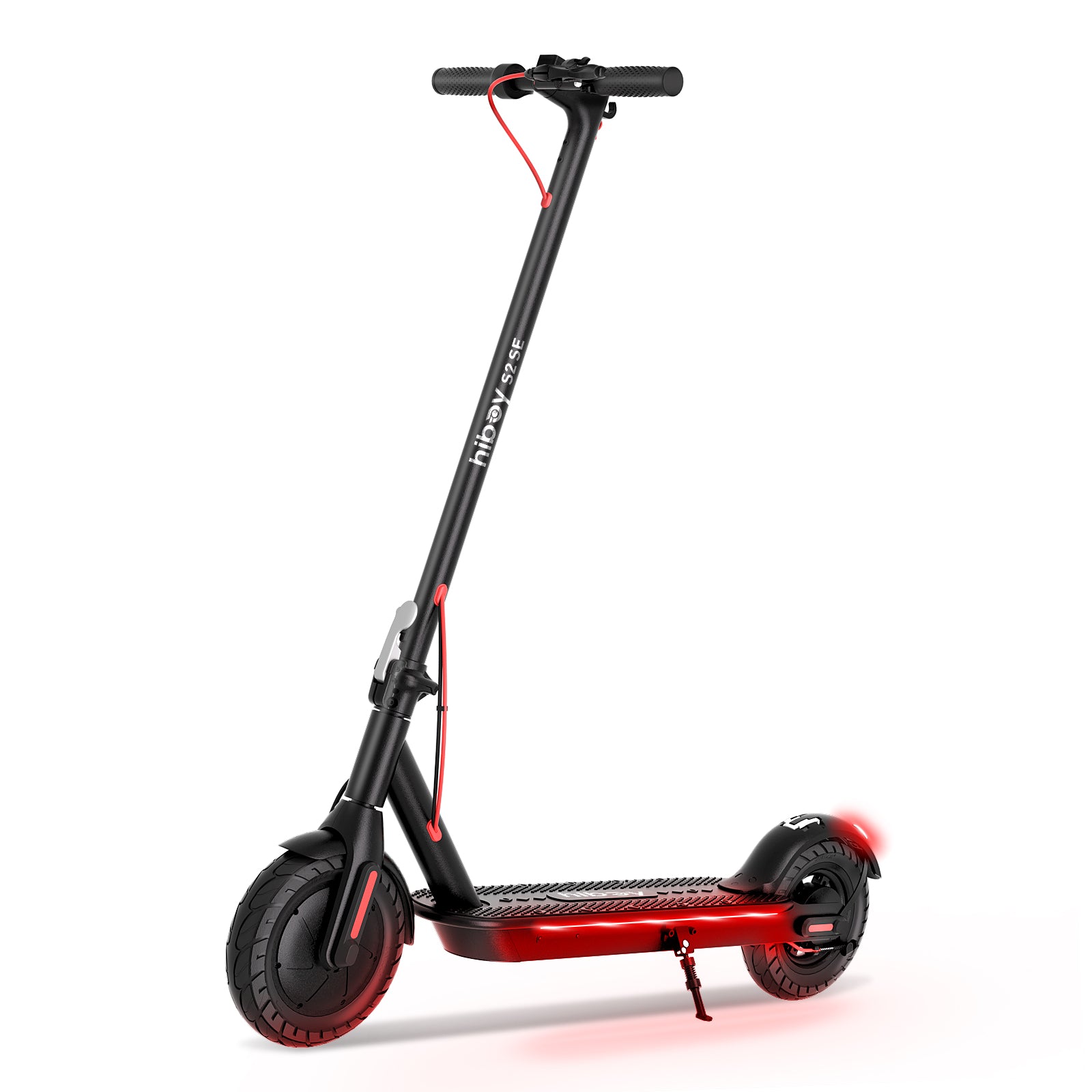
 S2 SE
S2 SE
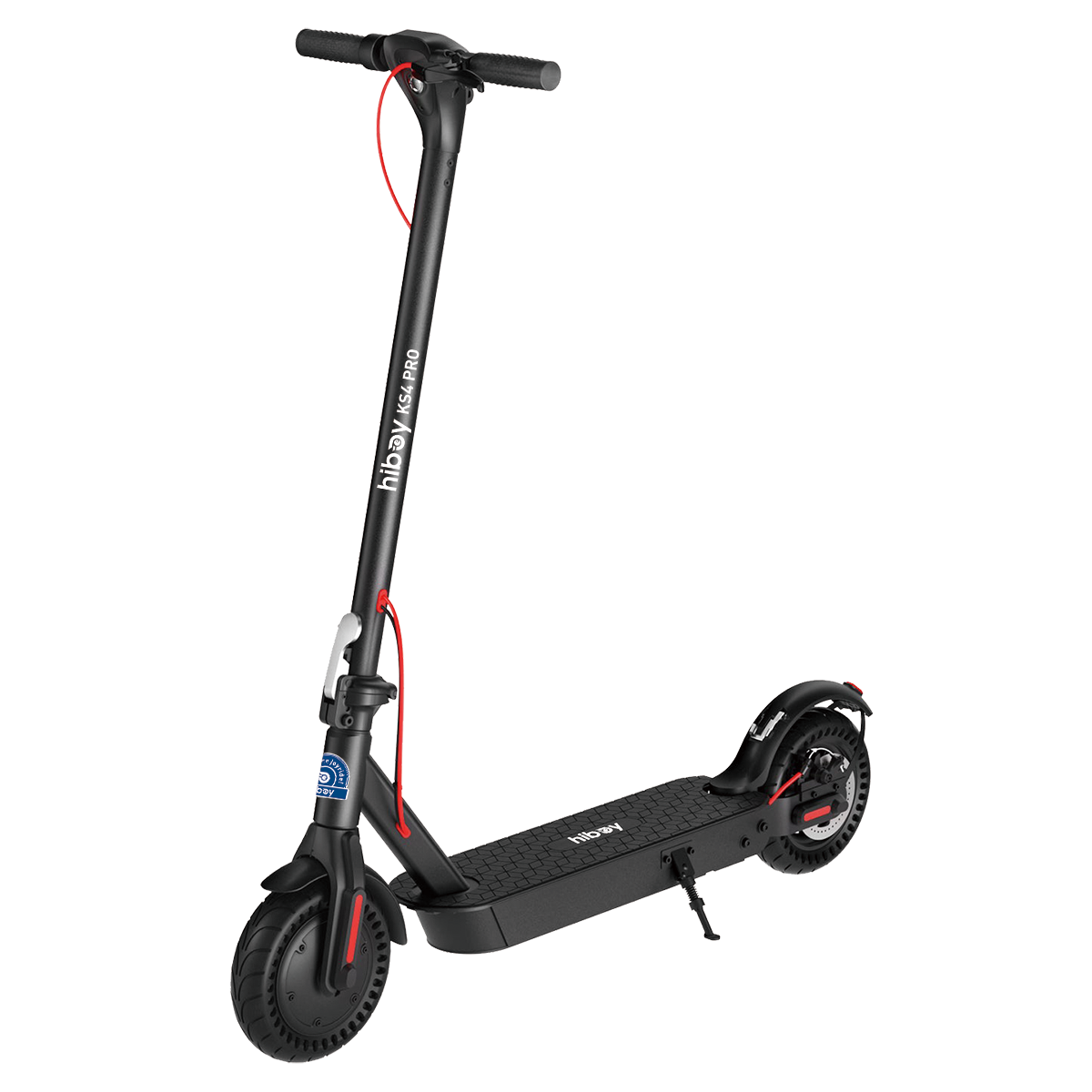 KS4 Pro
KS4 Pro
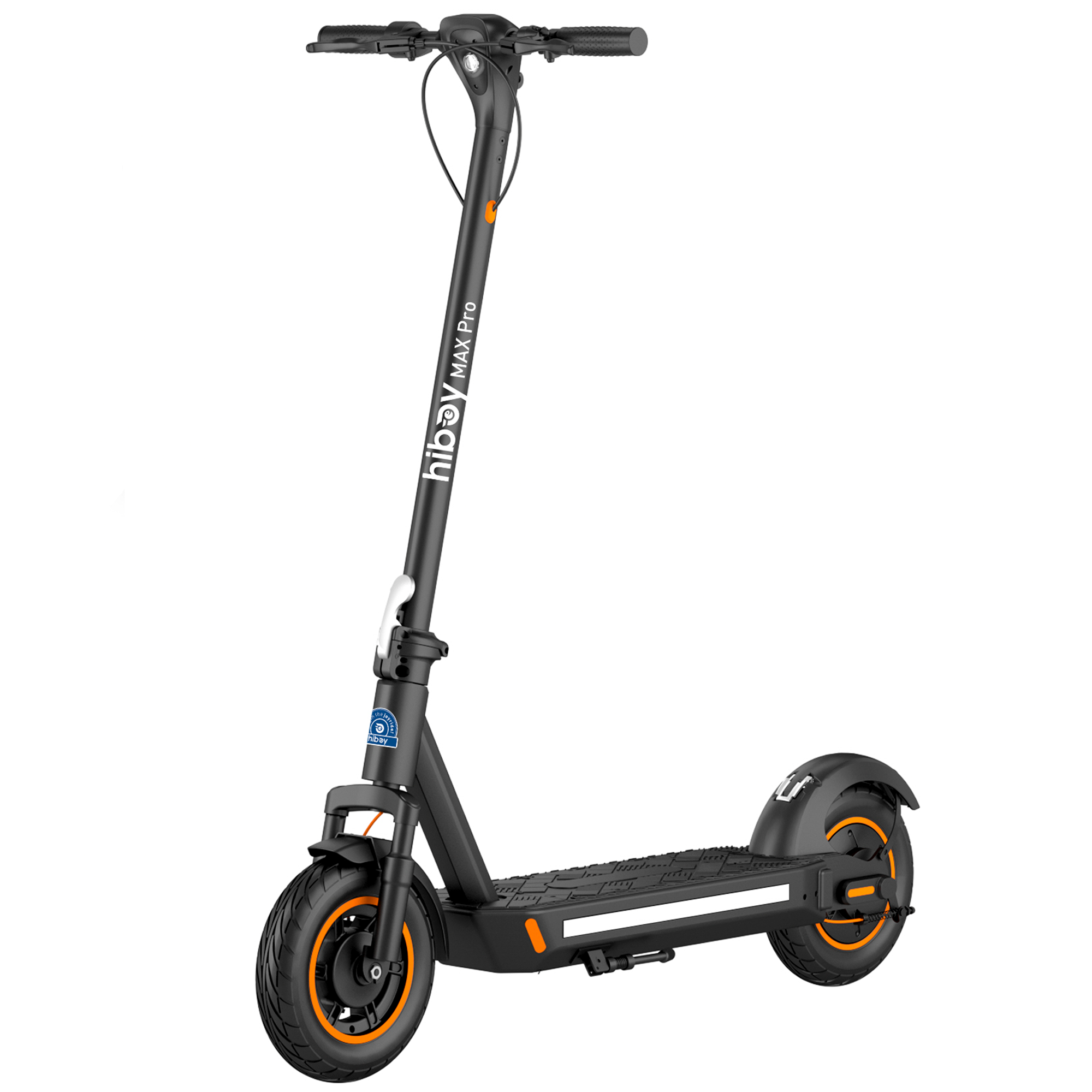 MAX Pro
MAX Pro
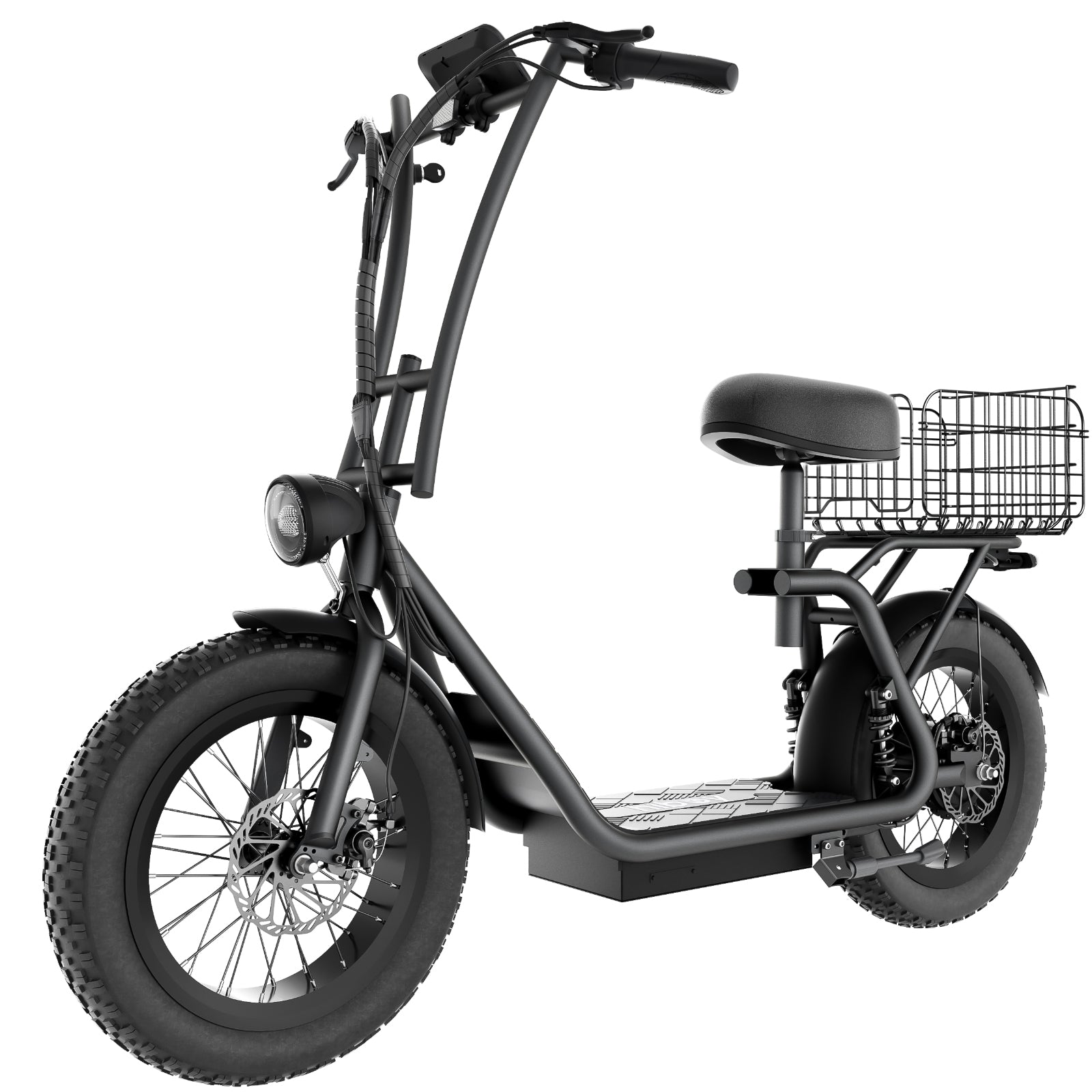
 U2 Pro
U2 Pro
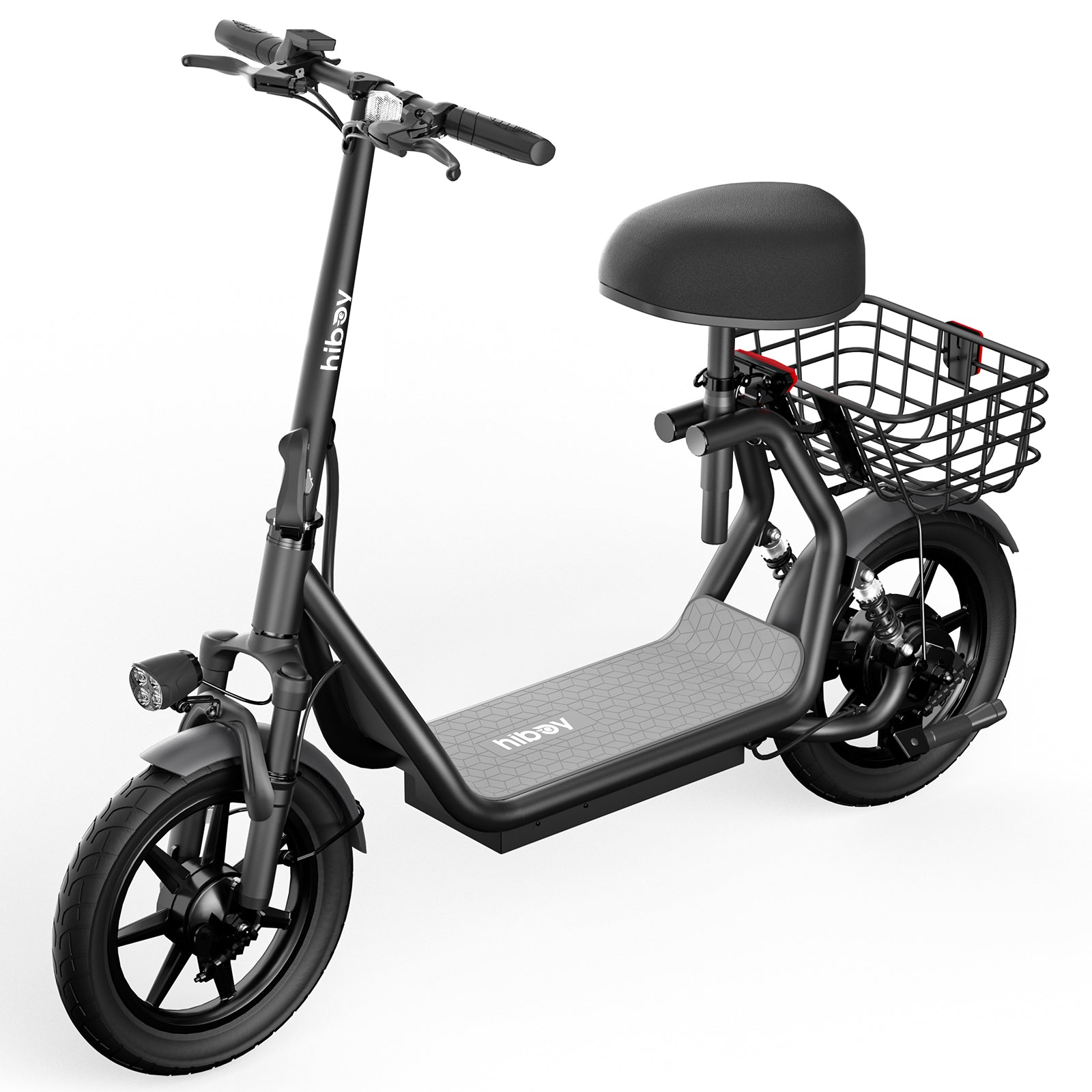
 Light-Weight & Portable
Light-Weight & Portable
 Long Range
Long Range
 For Heavy Riders
For Heavy Riders
 Big Wheel
Big Wheel
 With Seat
With Seat
 Fast
Fast


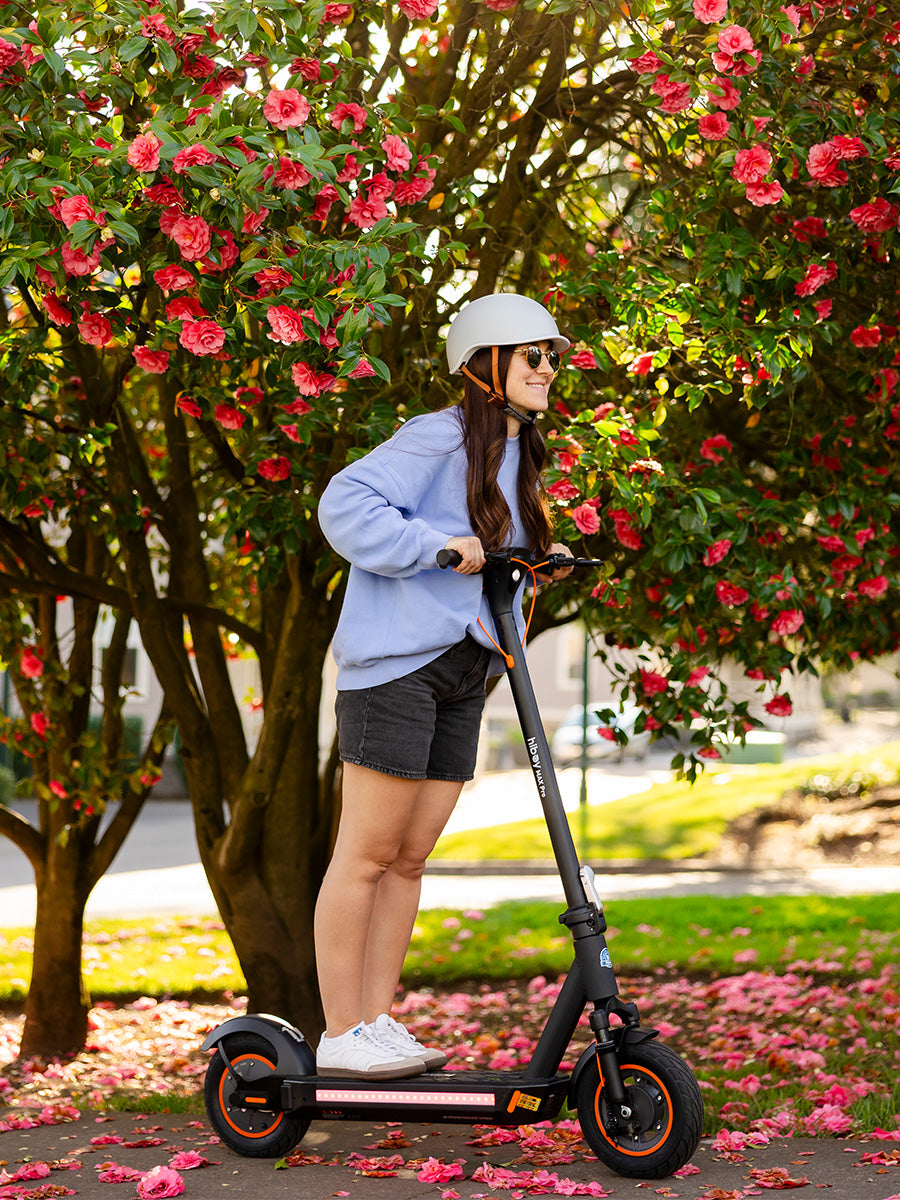

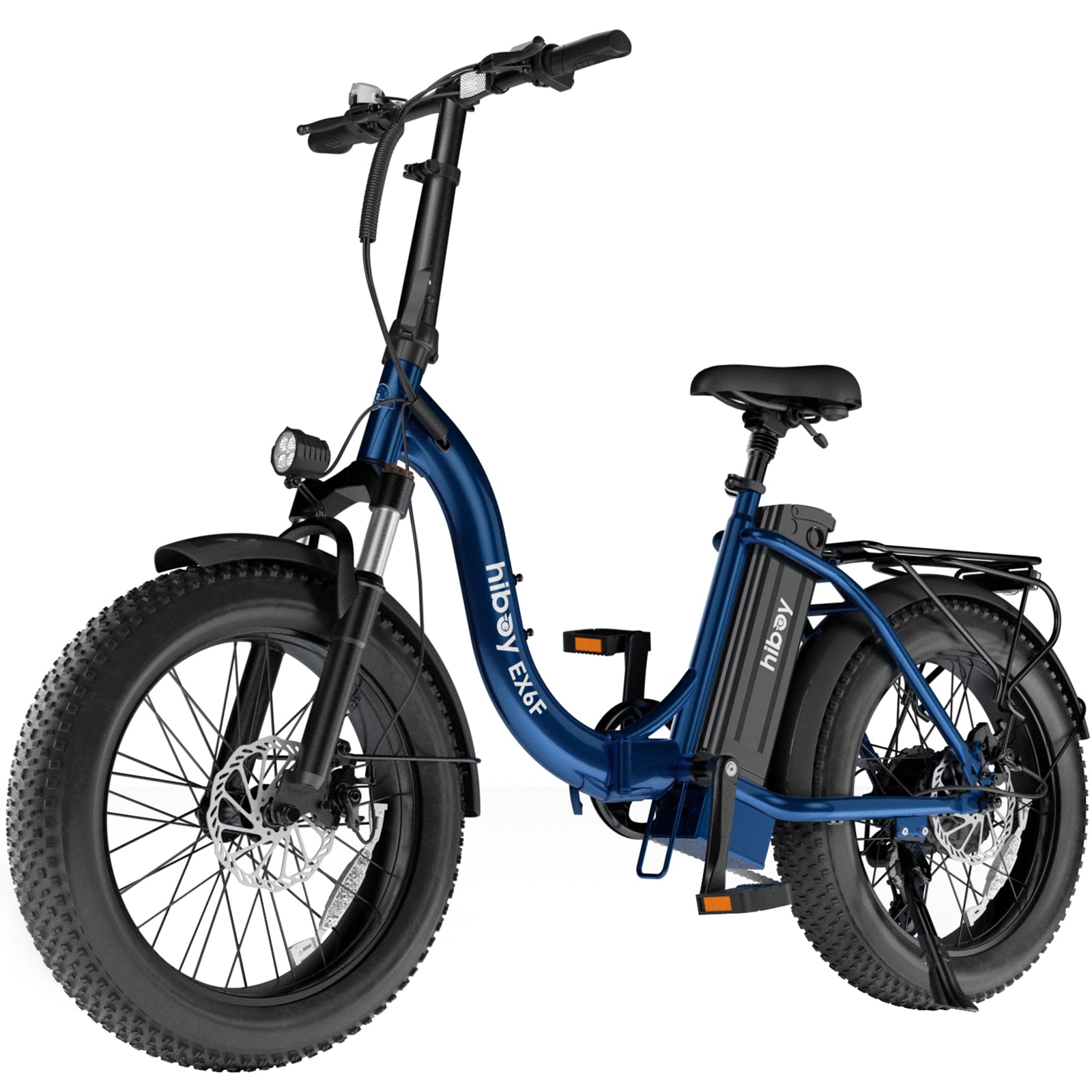
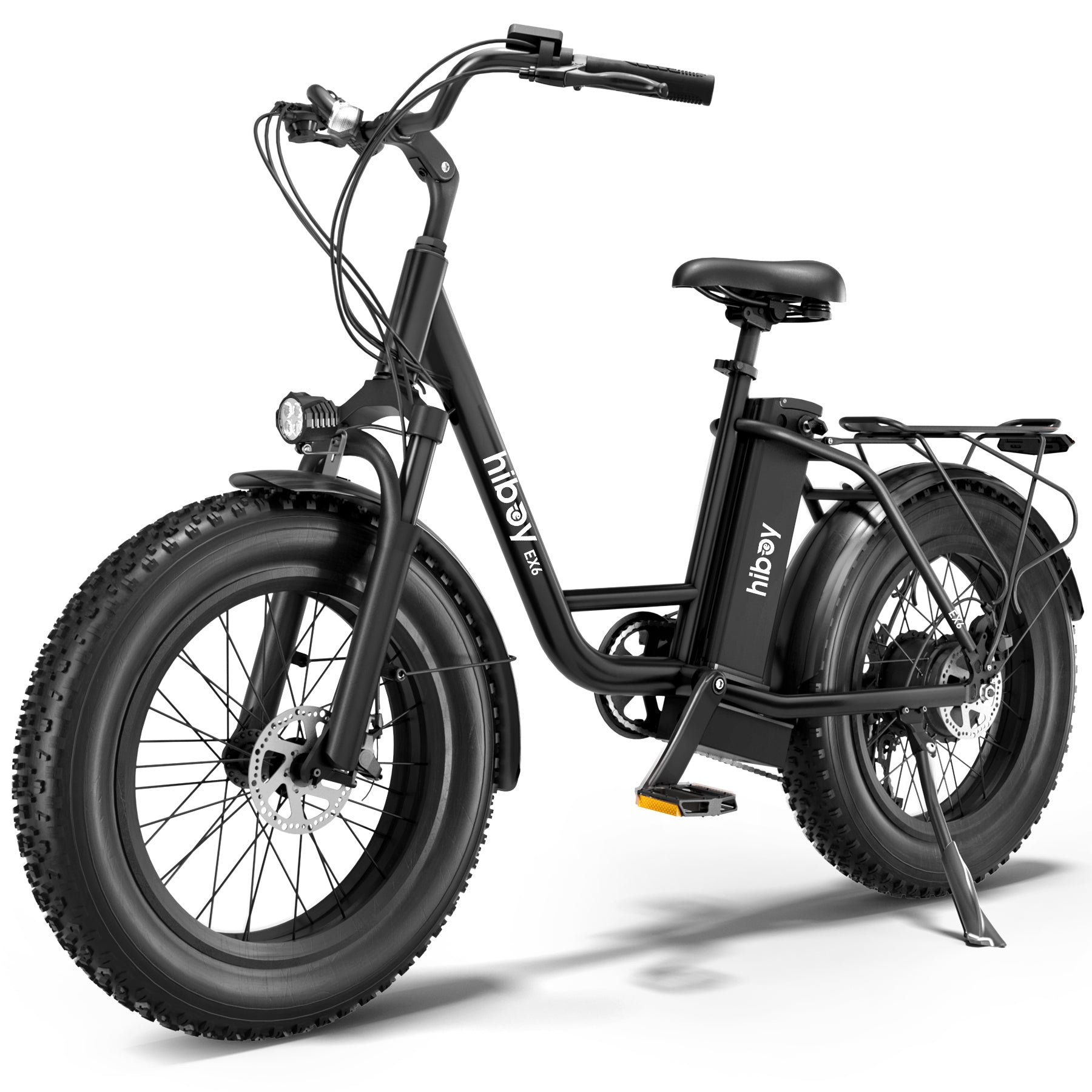 EX6
EX6
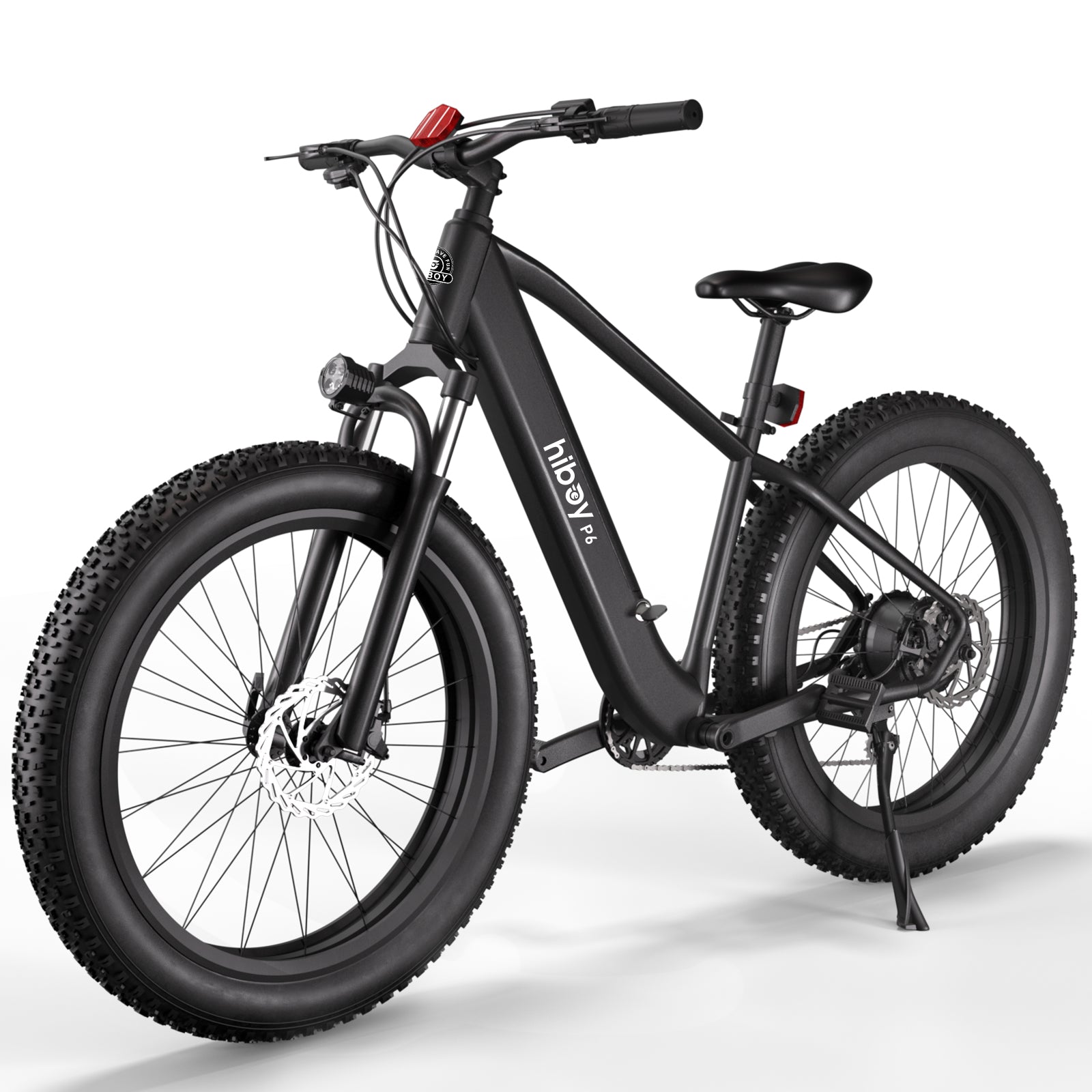 P6
P6
 P7
P7
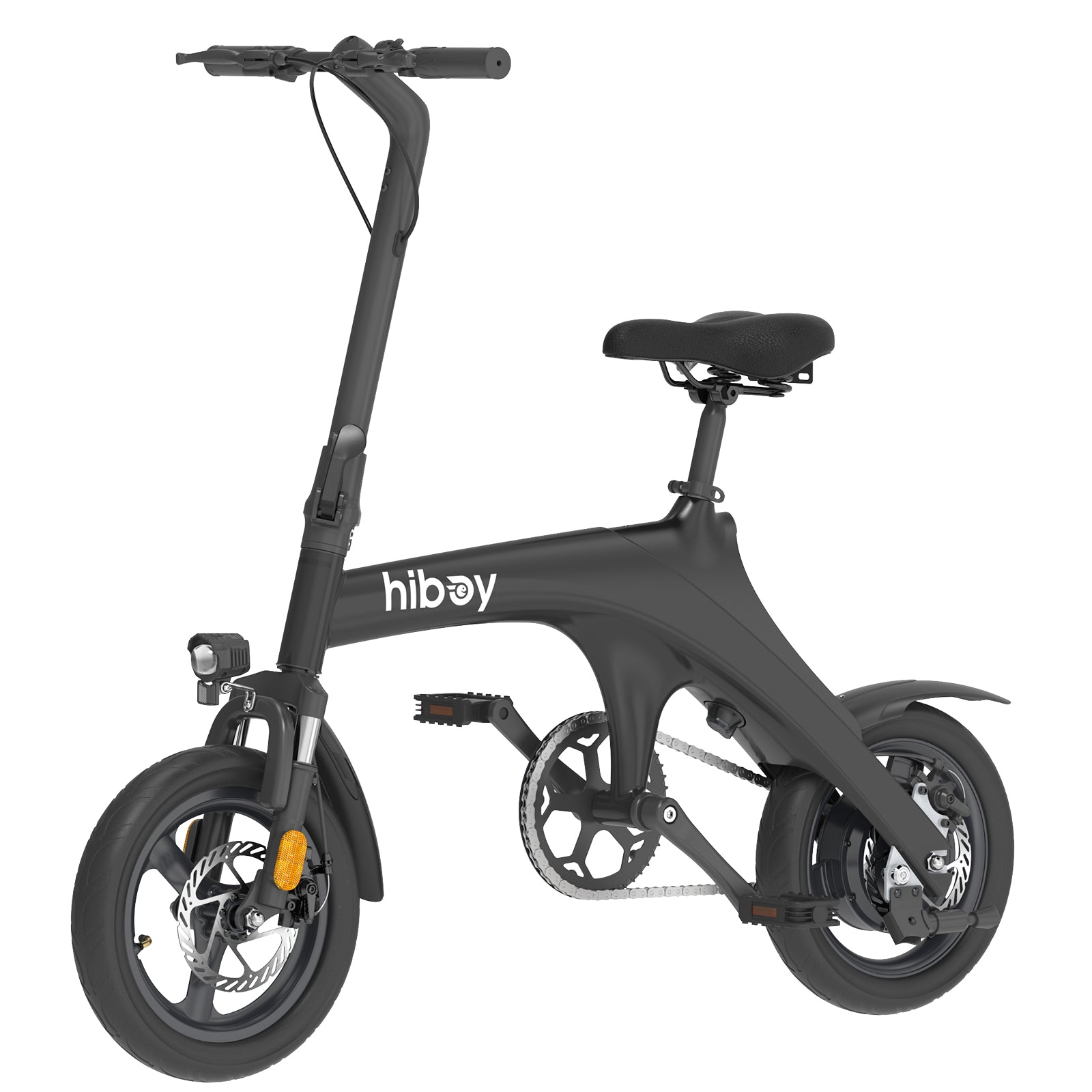 C1
C1
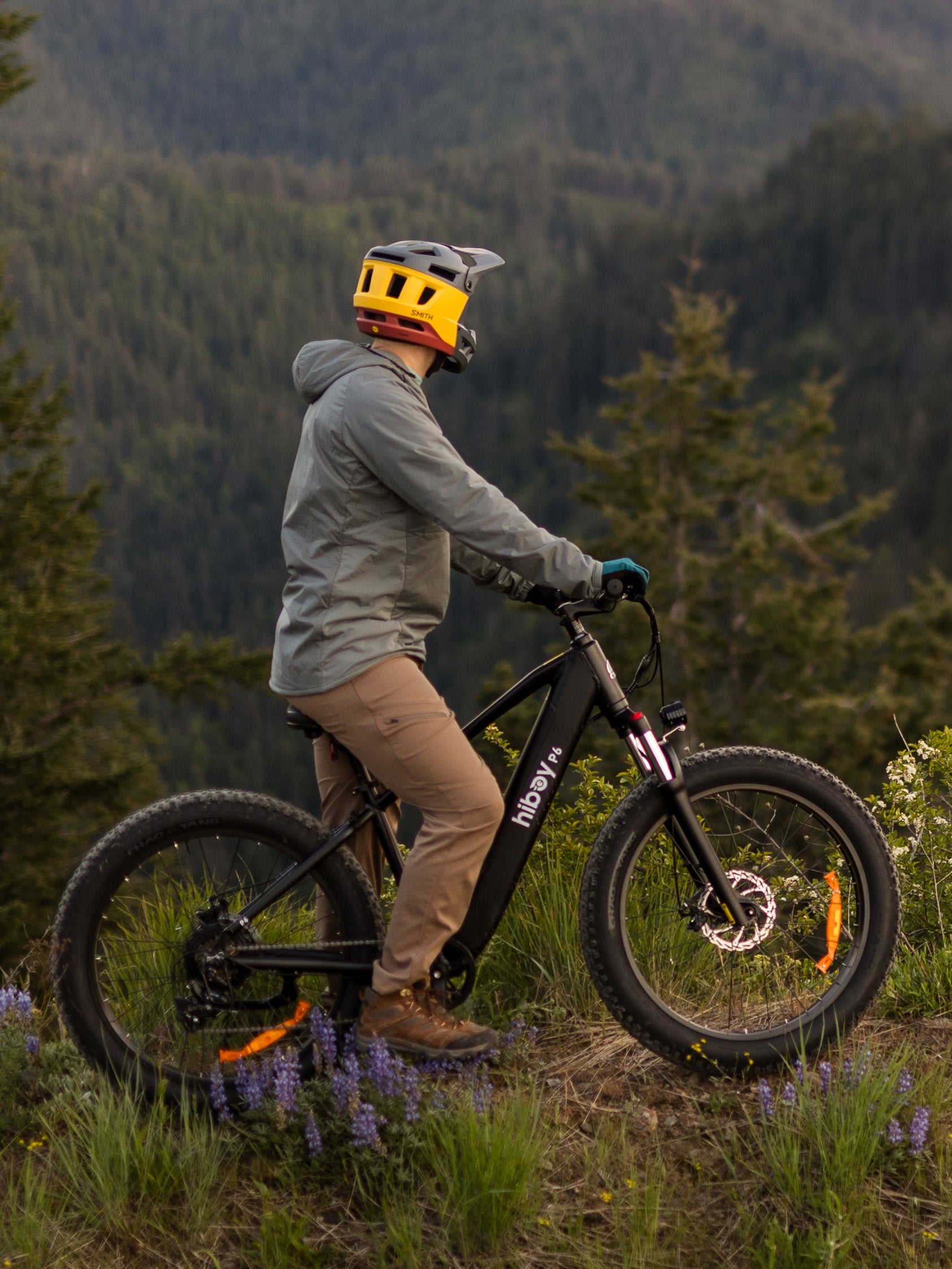
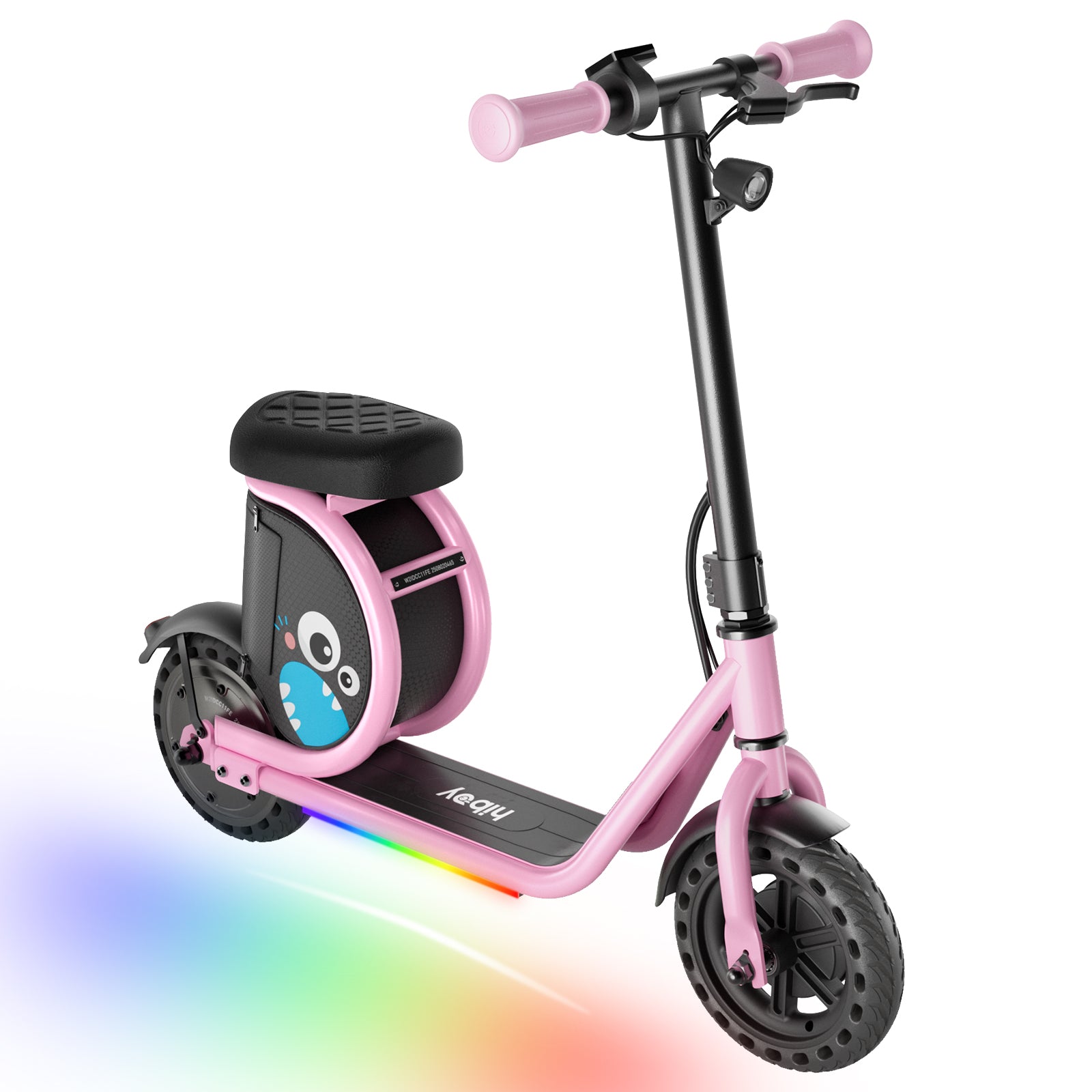
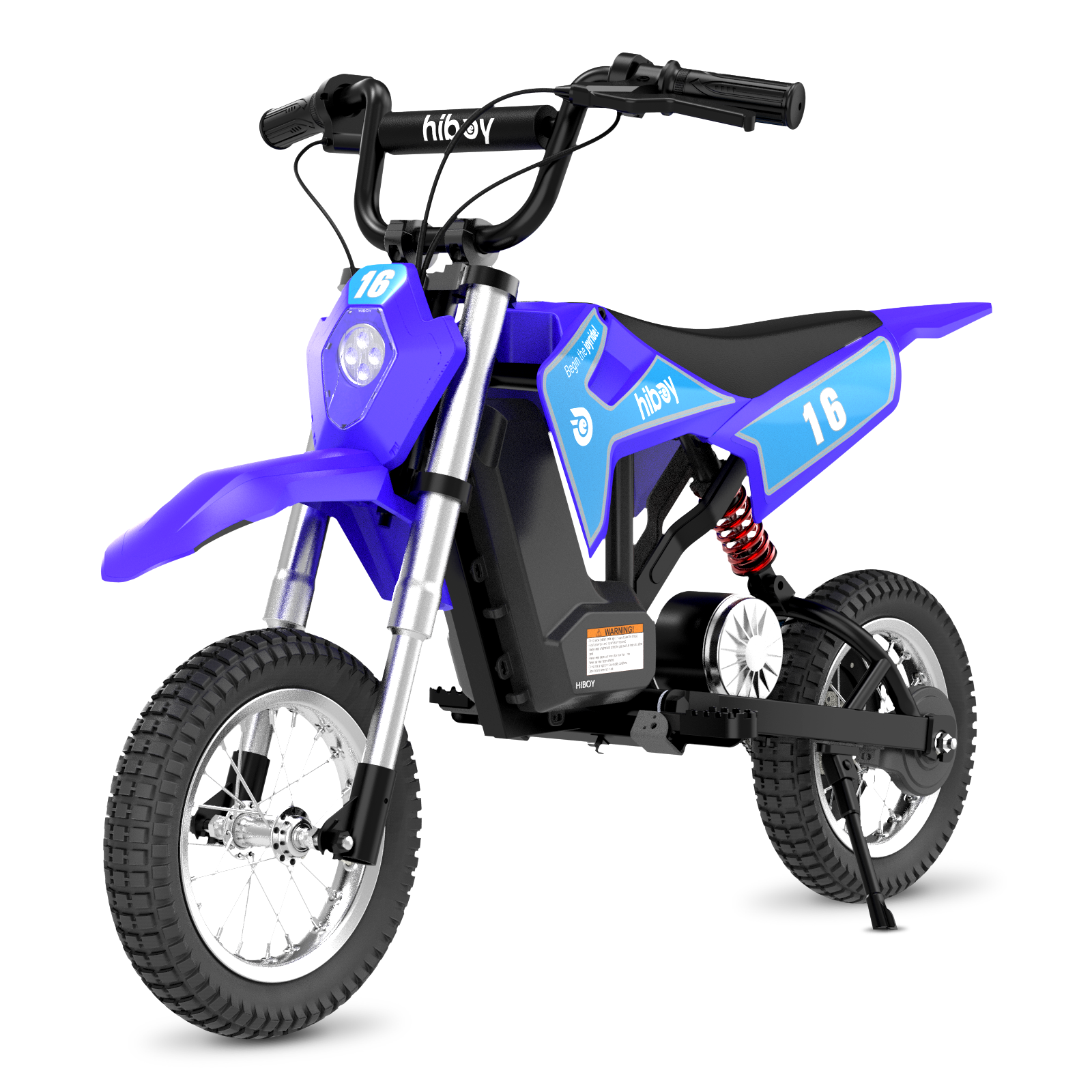 DK1
DK1
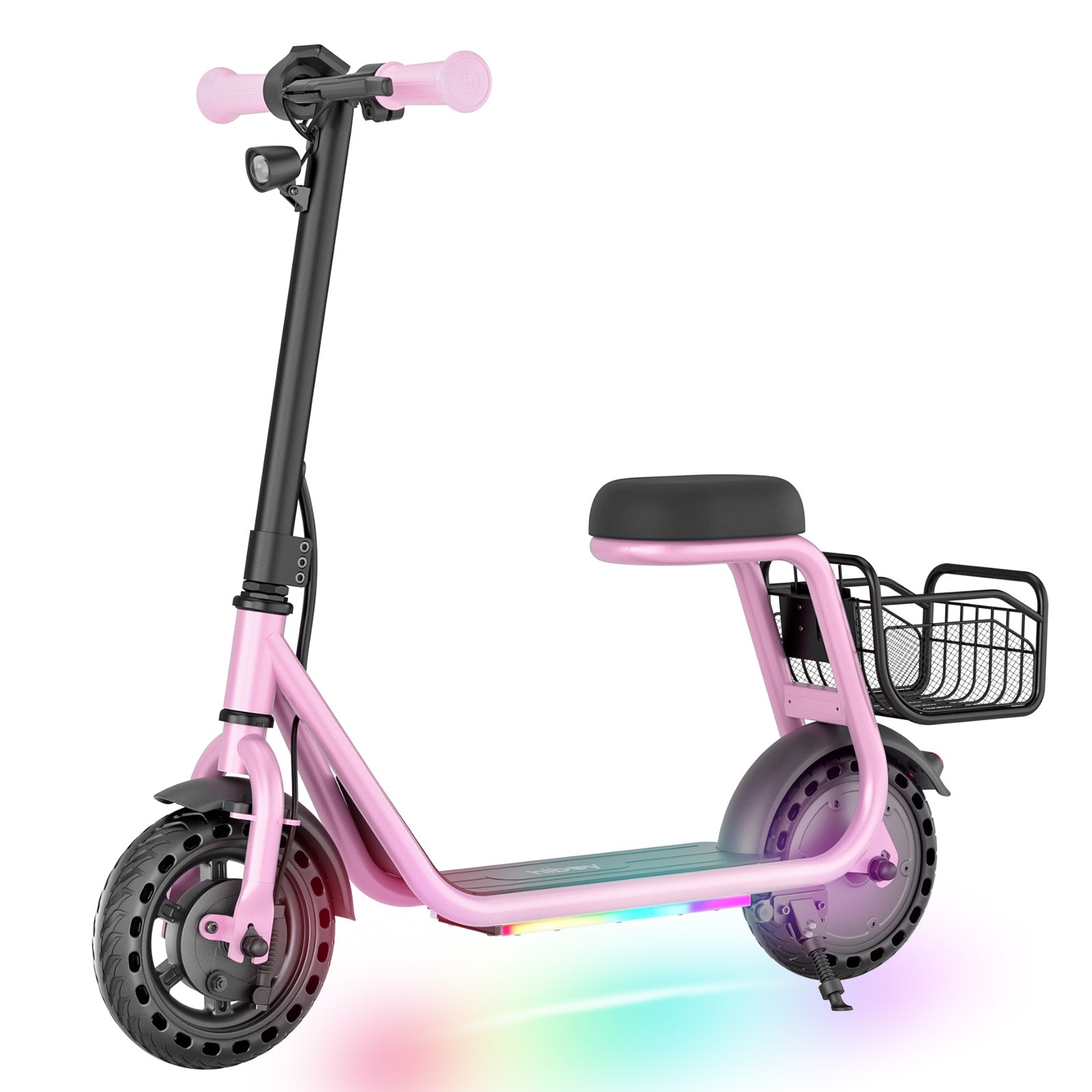 Q2 Lite-A
Q2 Lite-A
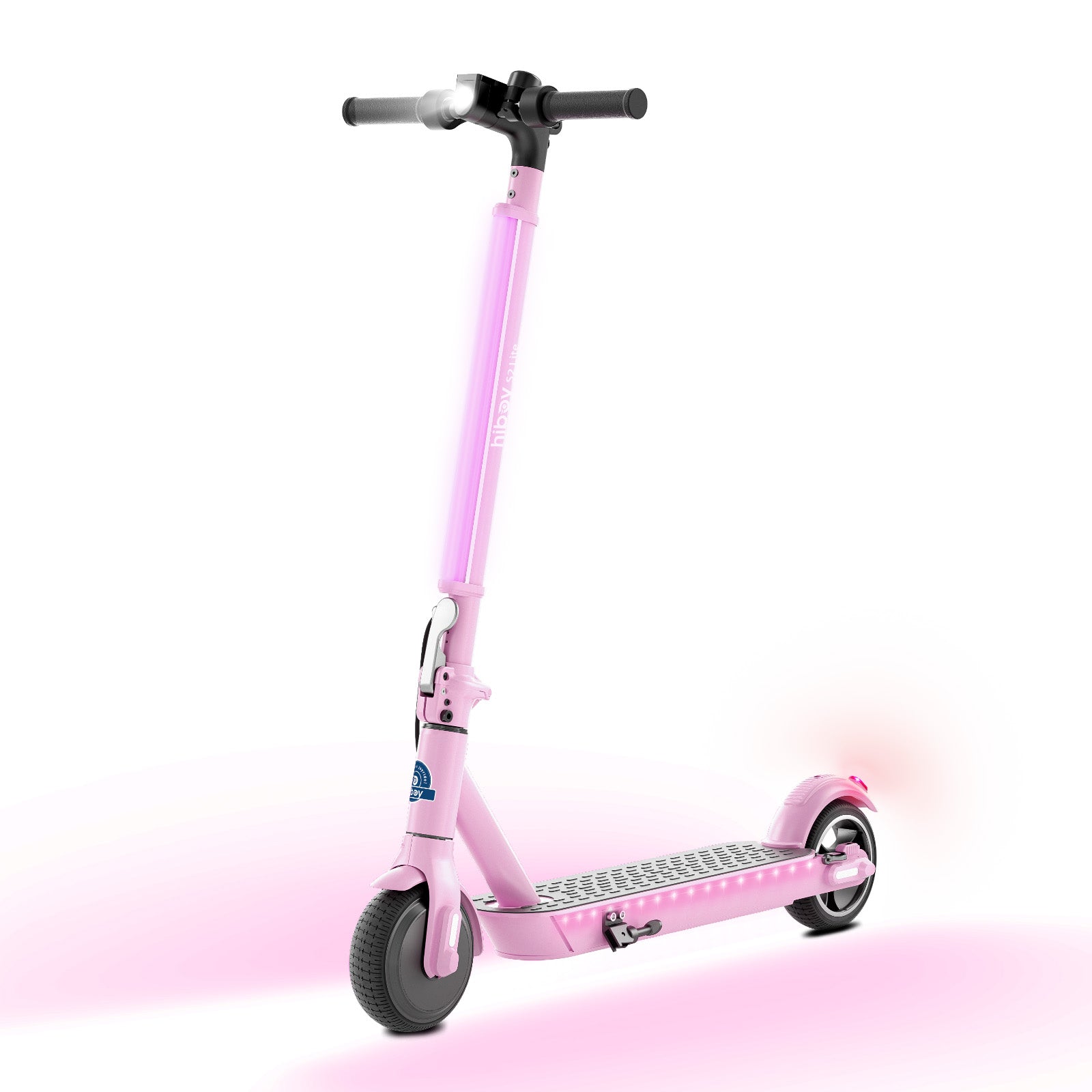 S2 Lite
S2 Lite
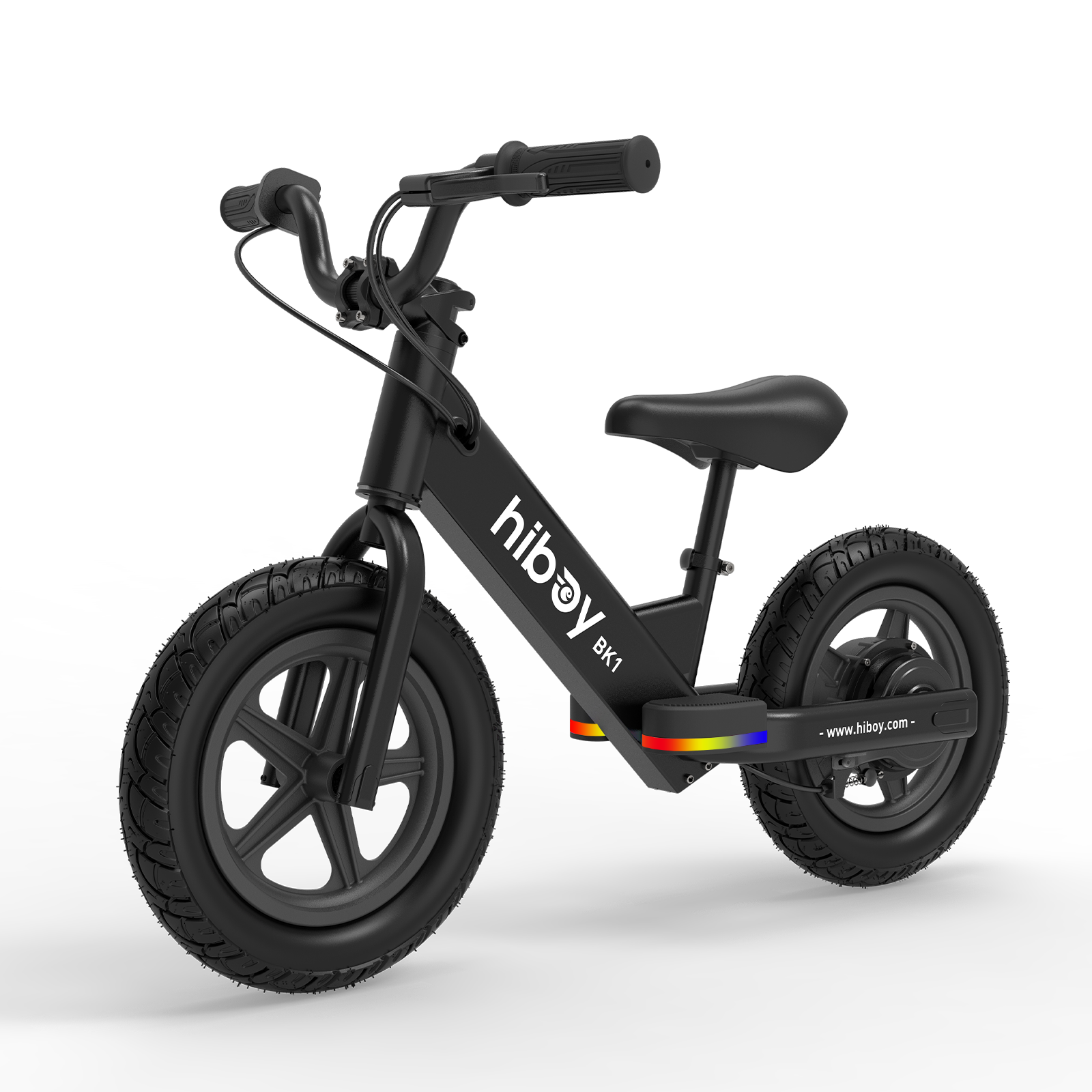 BK1
BK1
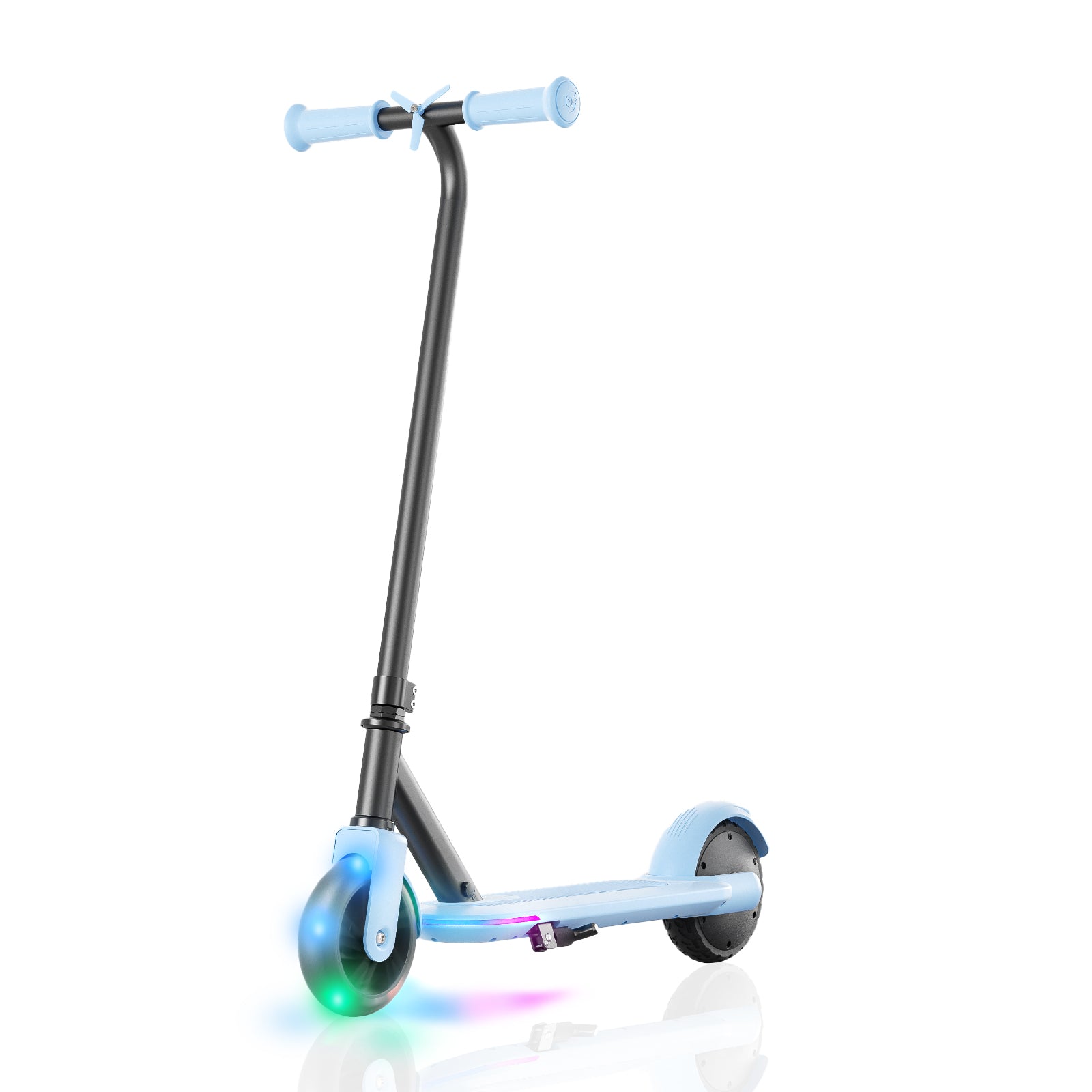 ES-1
ES-1
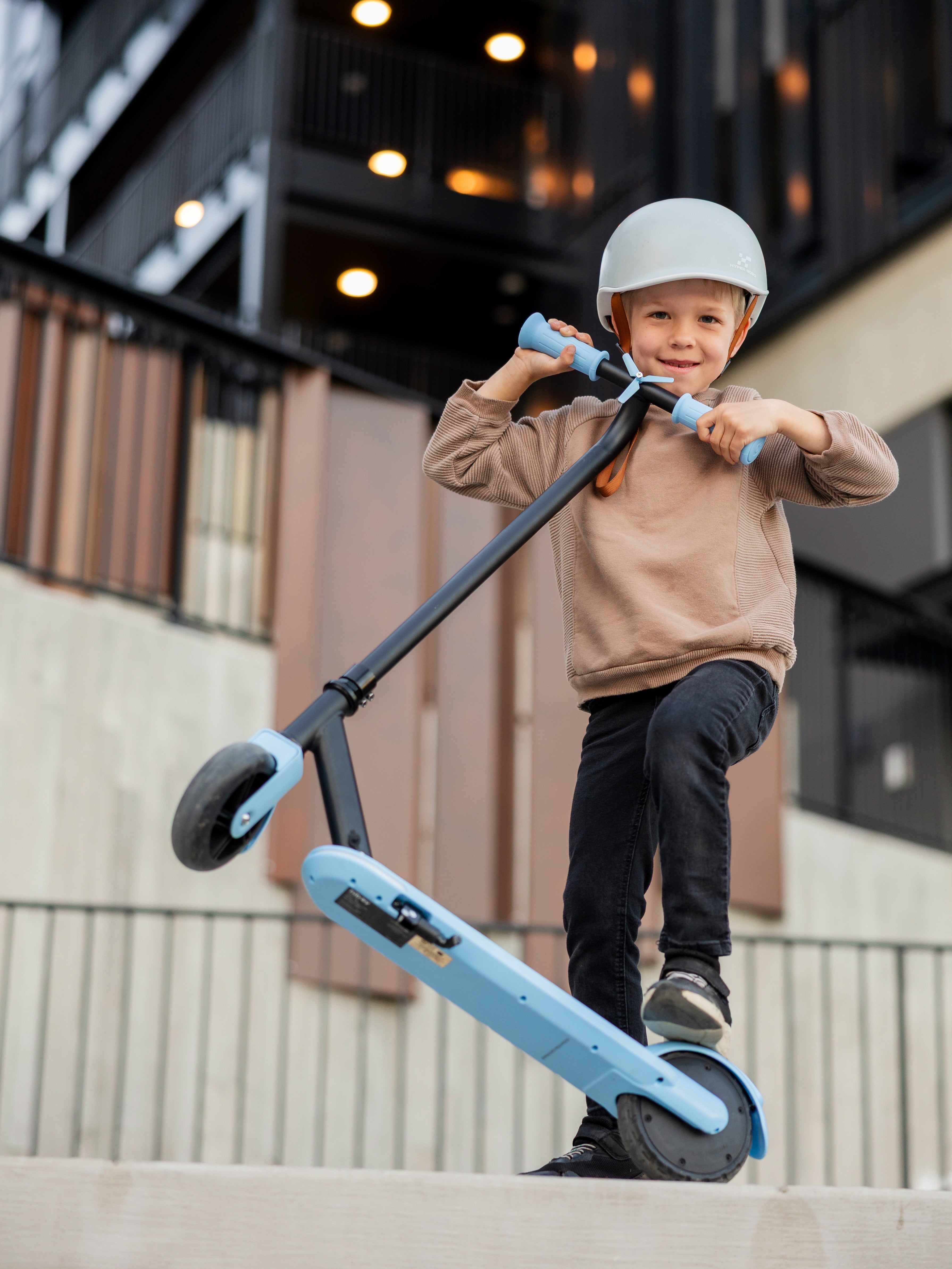


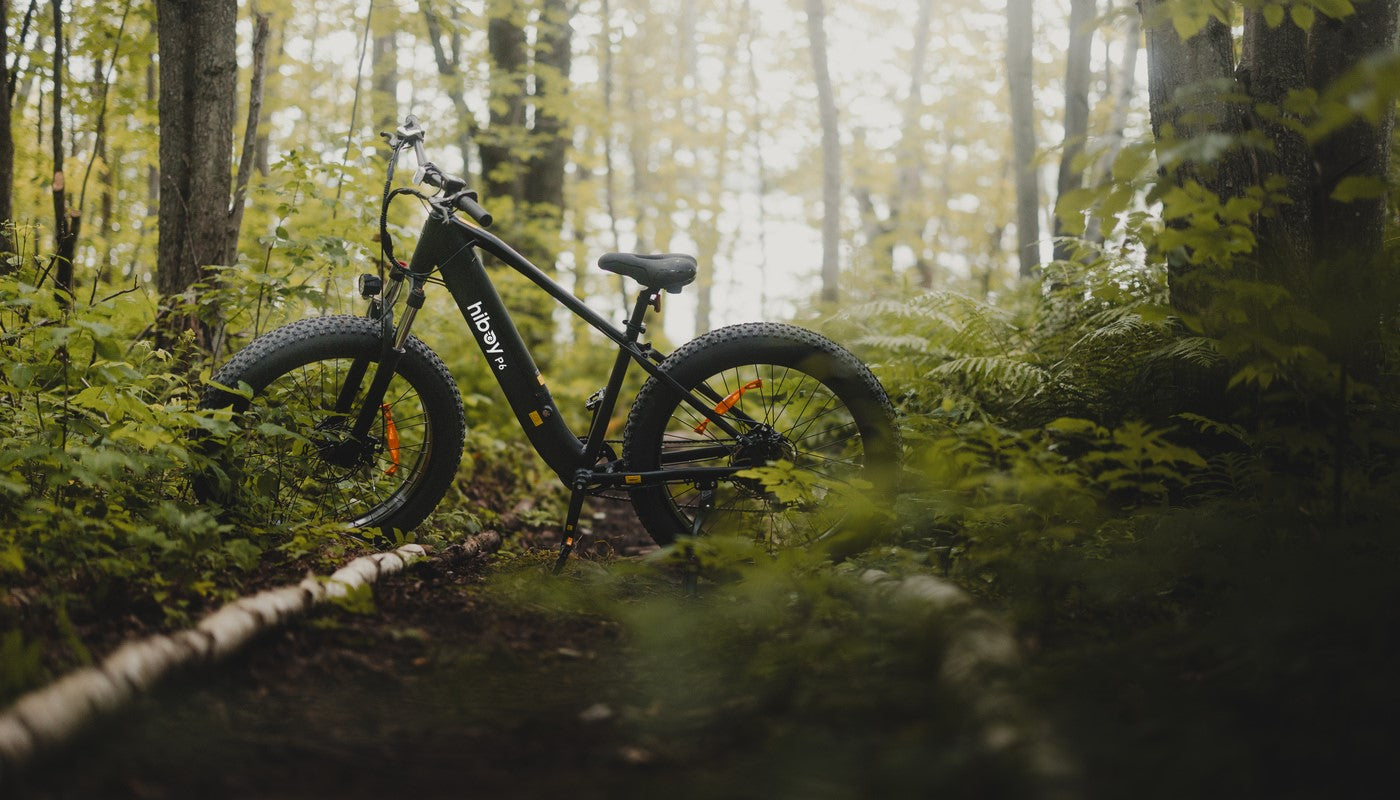






Leave a comment
All comments are moderated before being published.
This site is protected by hCaptcha and the hCaptcha Privacy Policy and Terms of Service apply.